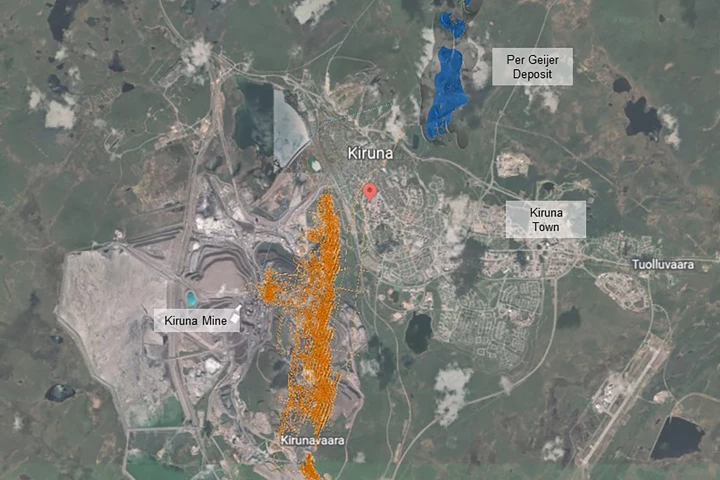Minerals
-
Canadian decarbonization firm Exterra is tackling a critical environmental issue that's not talked about often: cleaning up the mineral waste left behind in asbestos mines after decades of extraction.
-
Step aside, golden beaches – New Zealand has stretches of sand sparkling with real gold. And with this, scientists have been able to assemble the world's first atlas of highly detailed beach gold found along the country's South Island coastline.
-
"It's not the heat, it's the humidity." That adage applies indoors as well as out, which is where an experimental new material comes in. It absorbs humidity within rooms, reducing the need to run power-hungry ventilation systems.
-
In what they've confirmed as the largest study looking at the effects of diet on rates of colon cancer, researchers in the UK say that calcium-rich foods offer significant protections against the disease. Alcohol and red meat? Not so much.
-
In case you haven't heard, the methane in cow burps is a major source of greenhouse gases. There may be a new way of addressing that problem, however, as a recent study shows that feeding cows clay reduces their methane emissions by over 30%.
-
Stumbling on a giant gold nugget and never working again is something we’ve all daydreamed about, but how exactly do they form? A new experiment has found that earthquakes and electricity might be key ingredients.
-
Geologists have drilled deeper than ever into material from the Earth’s mantle – more than three quarters of a mile. The sample gives a glimpse into the geology and even life in a deep world normally beyond our reach.
-
Researchers regenerated damaged bone in mice by creating a scaffold that combines a piezoelectric framework and the growth-promoting properties of a naturally occurring mineral. The novel “bone bandage” has wide-ranging potential applications.
-
Avoiding eating your favorite ice cream because you don’t want to experience the pain caused by sensitive teeth may soon be a thing of the past, with researchers offering a. long-term fix by developing a novel way of rebuilding lost tooth minerals.
-
It sounds like a superhero's origin story: scientists have discovered a new type of material created after lightning struck a tree. This particular form of crystalline phosphorus has never been seen on Earth, and could belong to a new mineral group.
-
Swedish government-owned mining company LKAB has reported the largest deposit of rare earth metals ever discovered in Europe – more than a million tonnes of rare earth oxides, which will be invaluable in the race toward decarbonization.
-
Modern concrete starts to fall apart within decades – but ancient Roman structures are still standing strong after 2,000 years. Engineers have found an inclusion that helps ancient concrete self-heal cracks, and shown how we can recreate the recipe.
Load More











